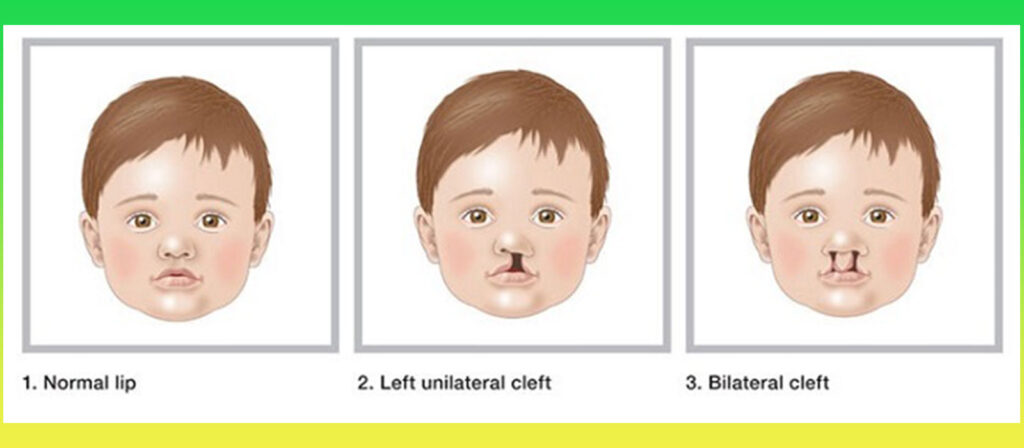Cleft lip and palate are congenital conditions that affect many infants worldwide. These conditions can significantly impact a child’s facial structure and ability to eat, speak, and hear properly. Fortunately, advances in medical technology have made cleft lip and palate surgery both effective and accessible, offering hope and improved quality of life for affected individuals.
What is Cleft Lip and Palate?
Cleft lip and cleft palate are birth defects that occur when a baby’s lip or mouth do not form properly during pregnancy. A cleft lip is a split or opening in the upper lip, which can range from a small notch to a large opening that extends into the nose. A cleft palate is a split or opening in the roof of the mouth, which can also vary in severity.
Causes and Diagnosis
The exact causes of cleft lip and palate are not always clear, but genetics and environmental factors can play a role. These conditions are typically diagnosed shortly after birth through a physical examination by healthcare professionals.
Importance of Surgery
Surgery to repair cleft lip and palate is essential for several reasons:
- Improving Appearance: Correcting these conditions enhances facial symmetry and appearance.
- Enhancing Functionality: Surgery helps restore normal function of the lips and mouth, allowing for proper eating, speaking, and hearing development.
- Psychosocial Benefits: Addressing these visible differences early can positively impact a child’s self-esteem and social interactions.
The Surgical Procedure
- Timing: Cleft lip repair is often performed when the baby is around 3 to 6 months old, while cleft palate repair is typically done between 9 to 18 months.
- Techniques: Surgeons use advanced techniques to close the openings and reconstruct affected areas, ensuring minimal scarring and optimal functionality.
- Recovery: After surgery, children may require follow-up care to monitor healing and address any issues that may arise.
Post-Surgery Care and Support
Speech Therapy: Many children benefit from speech therapy to improve their speech and language skills.
Dental Care: Regular dental check-ups are crucial to monitor dental development and address any issues promptly.
Emotional Support: Families may benefit from counseling or support groups to navigate the emotional and practical challenges associated with cleft lip and palate.
Conclusion
Cleft lip and palate surgery is a transformative treatment that offers hope and a brighter future for children born with these conditions. Advances in surgical techniques and supportive care have significantly improved outcomes, allowing children to thrive and lead fulfilling lives.
If you or someone you know is affected by cleft lip or palate, seeking early intervention and consulting with healthcare professionals can make a world of difference. With proper care and support, children can overcome the challenges associated with these conditions and embrace their unique journey towards health and happiness.
By raising awareness and understanding, we can contribute to a more inclusive society where every child has the opportunity to smile confidently and live life to the fullest.

